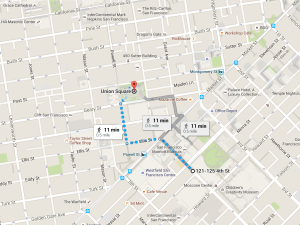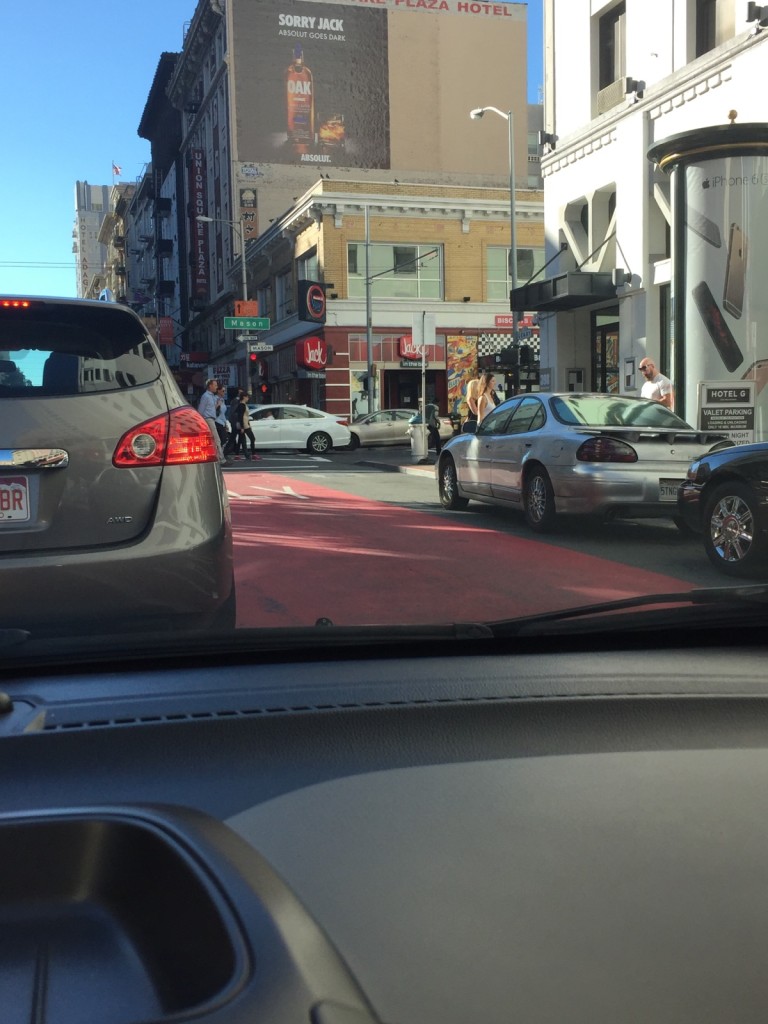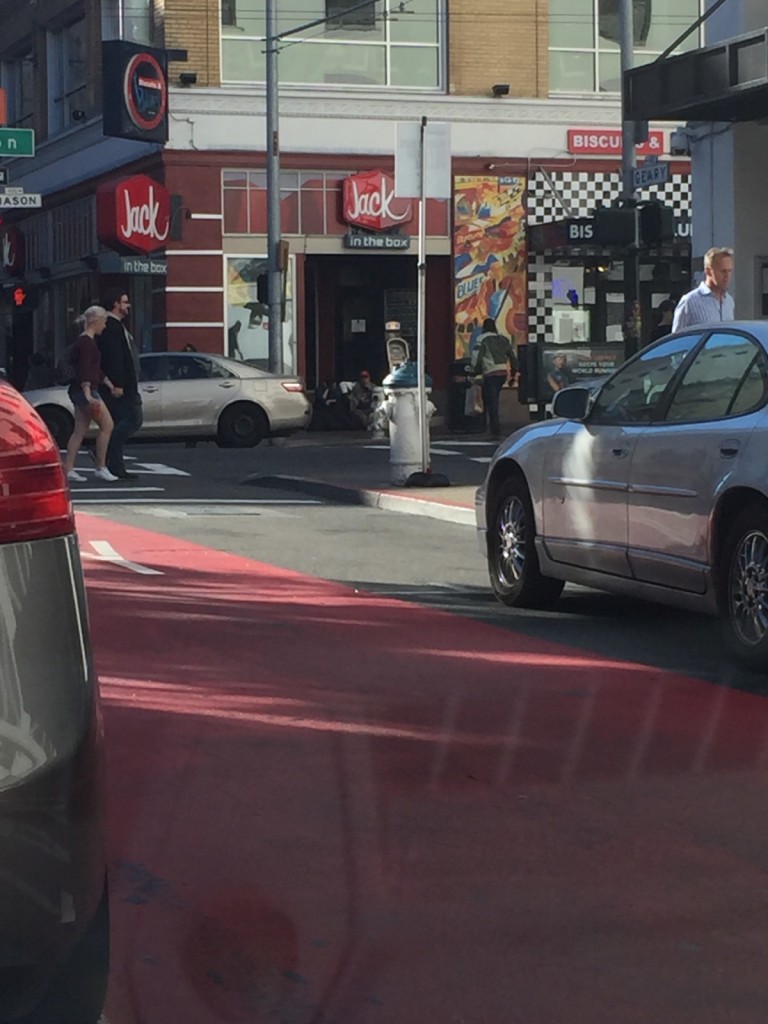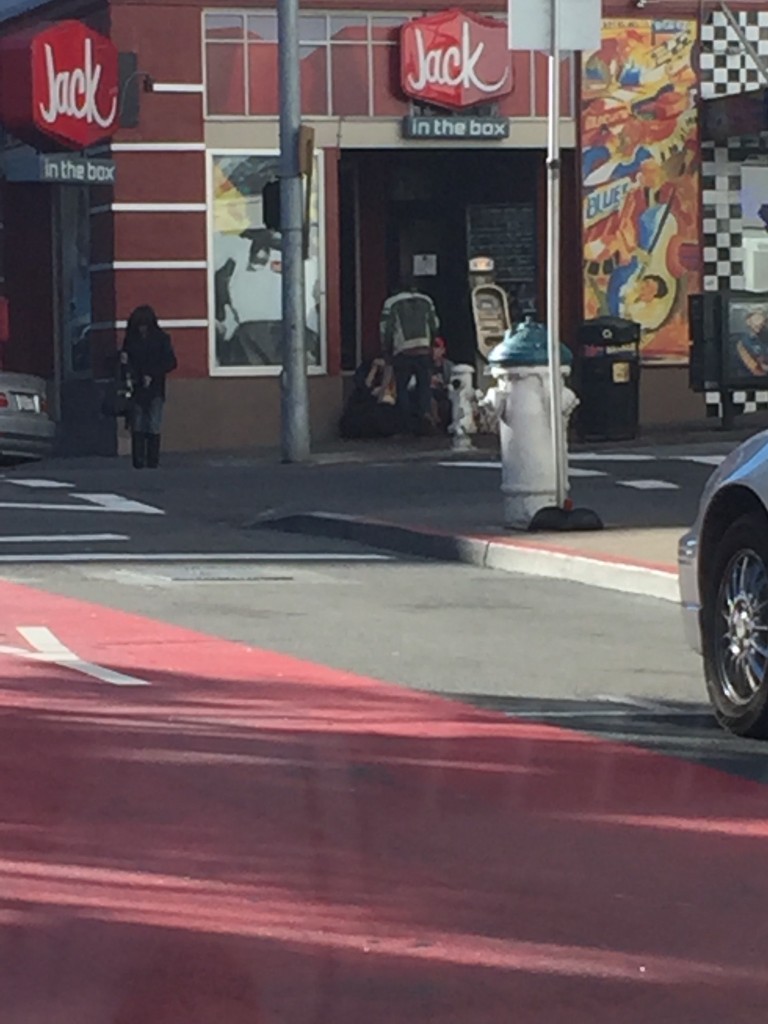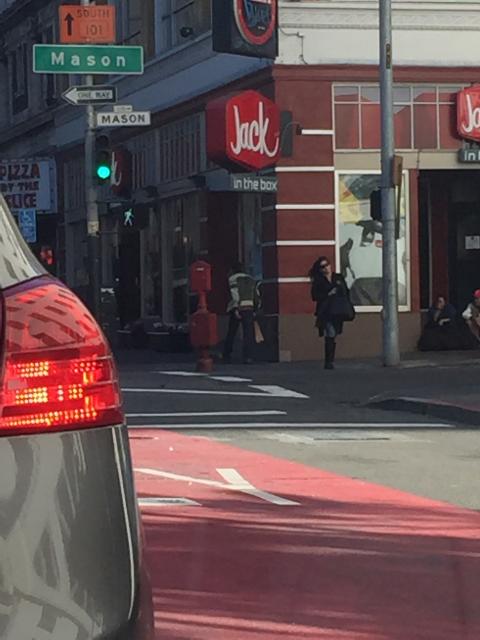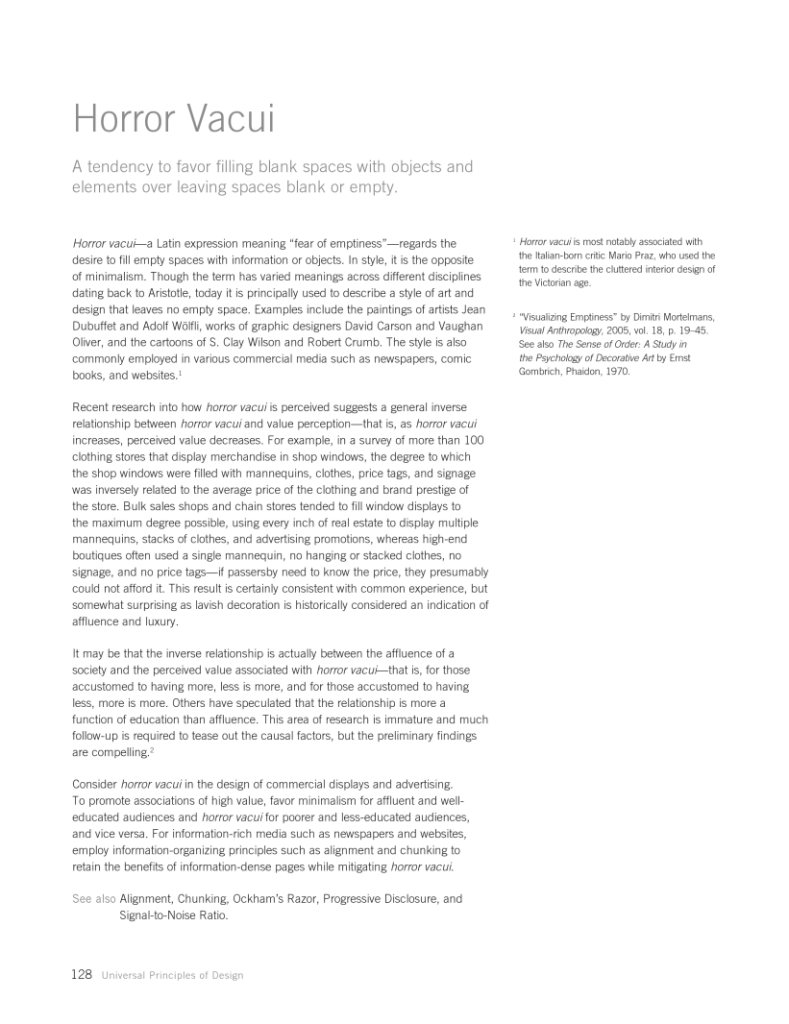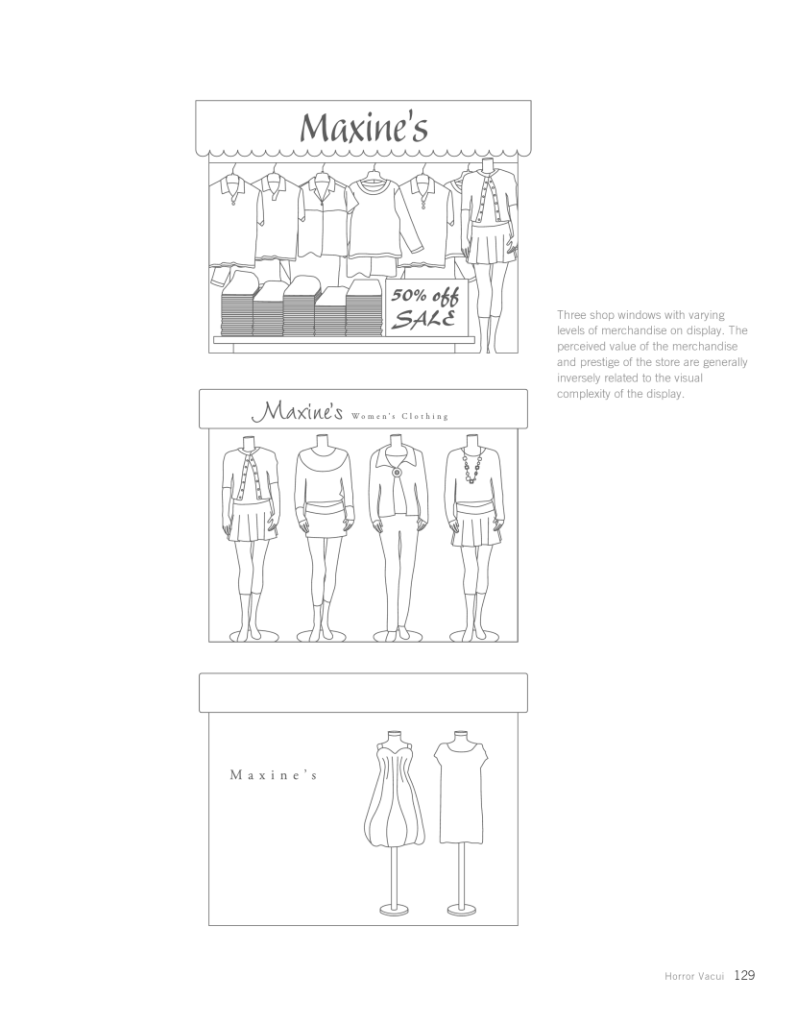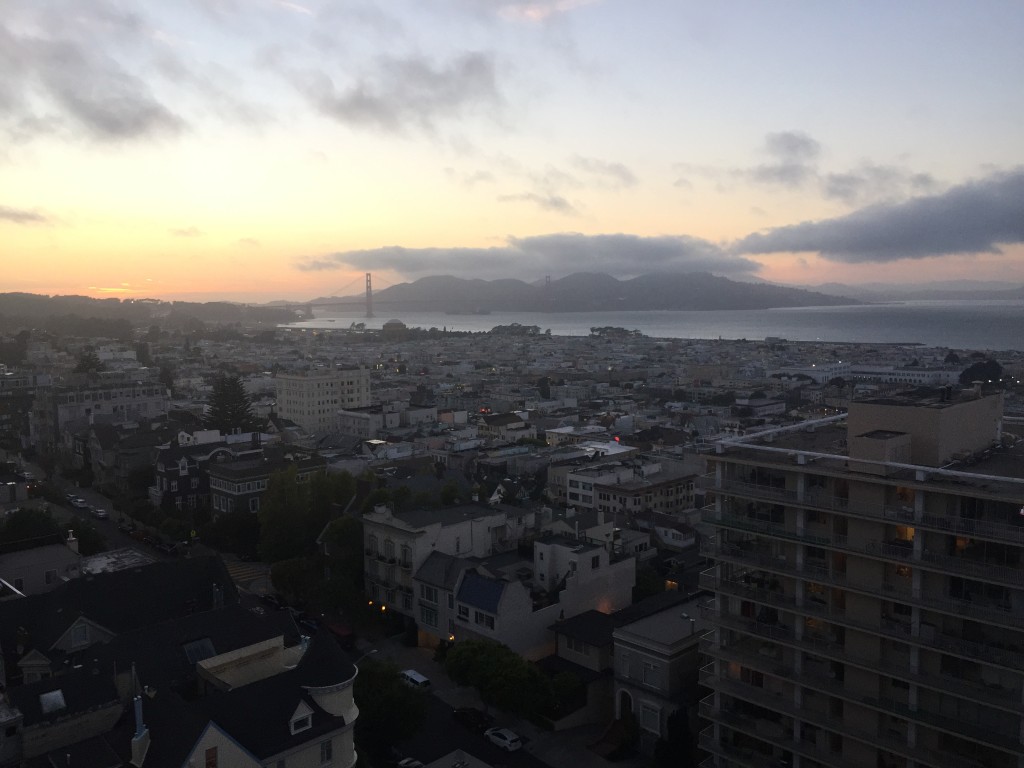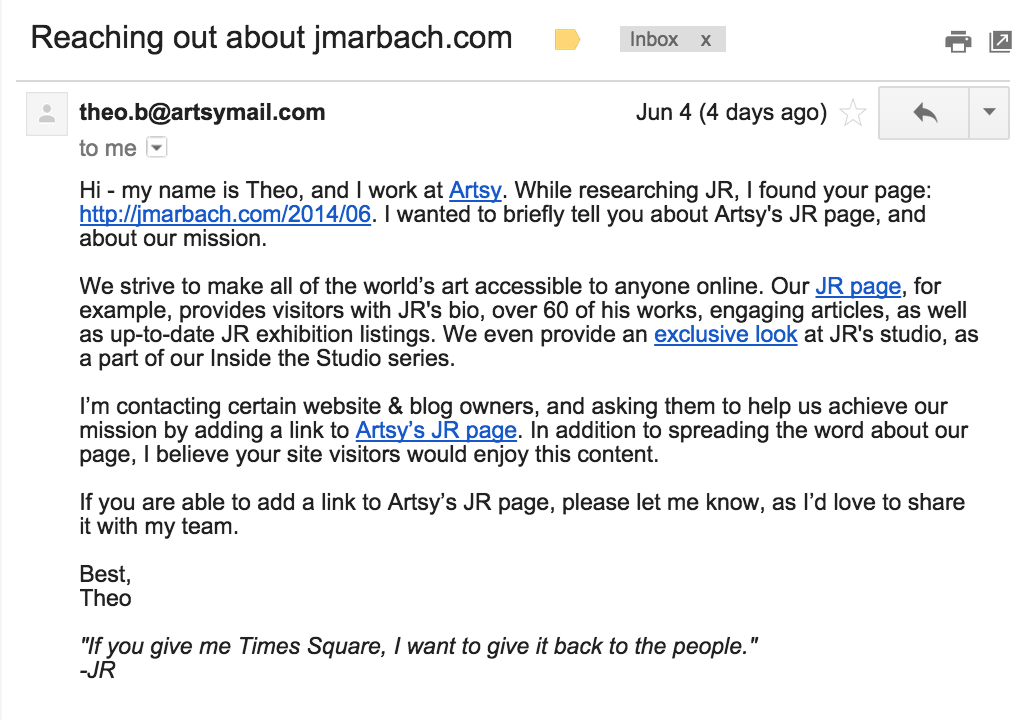Making My Own Luck
When I was 15 years old I worked as an intern at an New York-based Internet marketing company, MediaTrust, who happened to be one of the fastest growing private companies in America during the summer of 2009 (Inc. magazine ranked them #9). And I loved it. From taking the train into New York City every day, to becoming introduced to Shake Shack, and daily trips to Jamba Juice with my great friend Herwig, I learned a lot by even just walking the streets. This was the summer when “I Gotta Feeling” by the Black Eyed Peas was at the top of the Billboard charts, and I know that Herwig and I truly felt like lucky guys.
During my exit interview with one of the leaders at MediaTrust, Trip, exposed me to two thoughts which have influenced my behavior ever since:
- Don’t rely on luck. Make luck happen for yourself.
- Communicate better. Many of life’s problems are rooted in communication failures.
Those two pieces of advice have stuck with me because this conversation was one of the first moments when I realized that my destiny is up to me to determine.
I never had great grades in school, so I didn’t often feel that I could control the destiny of getting into a great college. But when it came to making things on the Internet and selling them, I knew I could make my own luck by reading online and then performing experiments with the knowledge that I had gained. And so that’s what I did, and that’s where I excelled.
When I learned about Y Combinator and Paul Graham during that same summer from my co-workers at MediaTrust, I became inspired to find a repetitive problem in my life, and mechanize a solution with technology. I learned that I could make my own luck with the right preparation and the right opportunity. But perhaps equally important, I learned that thought leaders in technology companies and startups, such as Paul Graham, are great communicators.
Paul Graham’s essays gained the loyal readership of programmers and other hackers, who provided the seed for what became Reddit and then Hacker News. Likewise with Peter Thiel, his book, Zero to One, is now one of the best selling business books of all time. Their clarity of thought is the product of years of thinking deliberately on how to distill their experience and intuition into words. It’s something I admire very much about them and seek to emulate in all of my communications.
Looking back on my experiences since 2009, it’s clear to me that many of my “lucky” successes were developed by a combination of me vigorously pursuing a specific goal, in addition to clear and succinct communication that helped to relay my story. From writing to the Thiel Foundation about how I wanted to change the world, to my application essay at Wake Forest, to writing about “bacn” on the Glider blog and having that picked up by BBC News, my great strides have relentless execution and strong communication at their core.
I’ve spent much of the last six months working on the first part of this equation, making my own luck: writing code, drawing user interface designs, and purely executing. I am building a flight deals application: Concorde. I believe the last six months has been one of the most creative periods in my life. But I know that my dedication to writing has lacked focus during this time. Over the coming months, I am aiming to share more about my specific decisions for why and how I am building Concorde, because I’ve gotta feeling that my success depends on it.
Ciao and arrivederci.
